Following an unprecedented summer of weather and sport, consumers in the grocery sector have returned to their regular shopping habits and more usual levels of grocery spend, according to Nielsen data released today (Tuesday).
During the four weeks ending September 8, value growth among the grocery multiples slowed to +2.4% while volume growth fell back to 0%. Many shoppers still being on holiday in late August contributed to the return to normal levels of industry sales growth.
Meanwhile, the continued warm weather and back-to-school occasion brought volume growth of 1.4% to the grocery channel during the 12 weeks to August 8, with 1.5% more visits than during the same period in 2017 and stable levels of in-store promotions (26% of sales).
Spending in categories such as alcohol and soft drinks helped drive sales across the grocery sector, with growth of 35% and 28% respectively over the same 12 weeks. Confectionery and delicatessen categories also performed well with similar levels of growth (33% and 28% respectively). These strong figures encouraged shoppers to spend more for each visit, with total sales up 3.8% over the same period.
Furthermore, the Co-op Group outperformed the major supermarkets during the 12 weeks to September 8, with value sales up 7.3%. Iceland was close behind with growth of 6.1%. Asda and Morrisons maintained strong performance (at 3.9% and +2.8% respectively), with Tesco growing sales by 2.5%.
Among the main discounters, Aldi outperformed Lidl over the 12 weeks, growing 12.5% compared with 9.1%, driven by a bigger increase in average basket spend as well as attracting more new shoppers.
Commenting on the figures, Mike Watkins, Nielsen’s UK head of retailer insight, said: “While there is still pressure on the consumer wallet, we continued to see shoppers spend freely on indulgences, celebrations and events up until the end of August. The hot summer has been a windfall for most food retailers. However, with summer turning to autumn in the last couple of weeks, sales growths have mellowed. Even so, shoppers are maintaining their grocery spend and opting instead to make savings on overall household expenditure, including clothing and homewares.
“The exceptional summer has given the industry some much needed momentum and with a recent small uptick in inflation, the improved growth we’ve seen in the first half of the year are likely to continue for the second half, even if the last few weeks have seen a pause for breath. We are still broadly optimistic about the rest of the year and anticipate FMCG growth to sit close to 3%, with volume growth positive during Q4.“









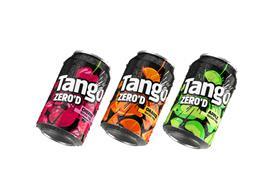
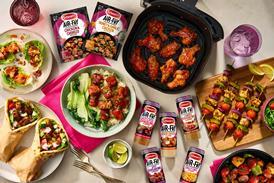

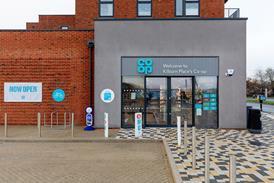







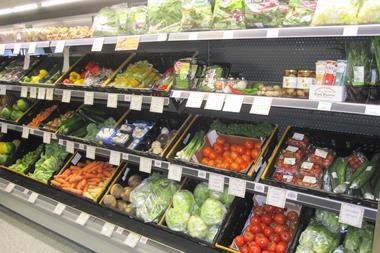

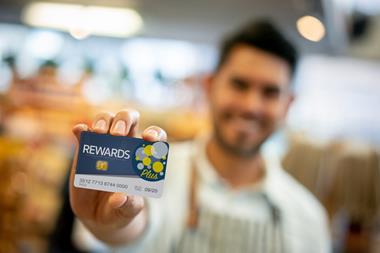
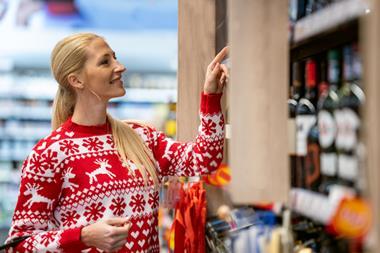


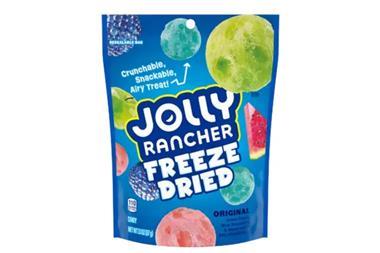




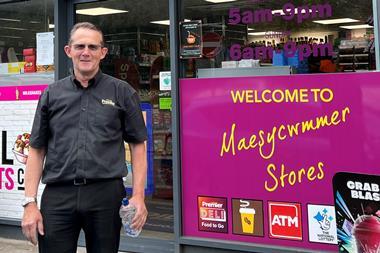
1 Readers' comment